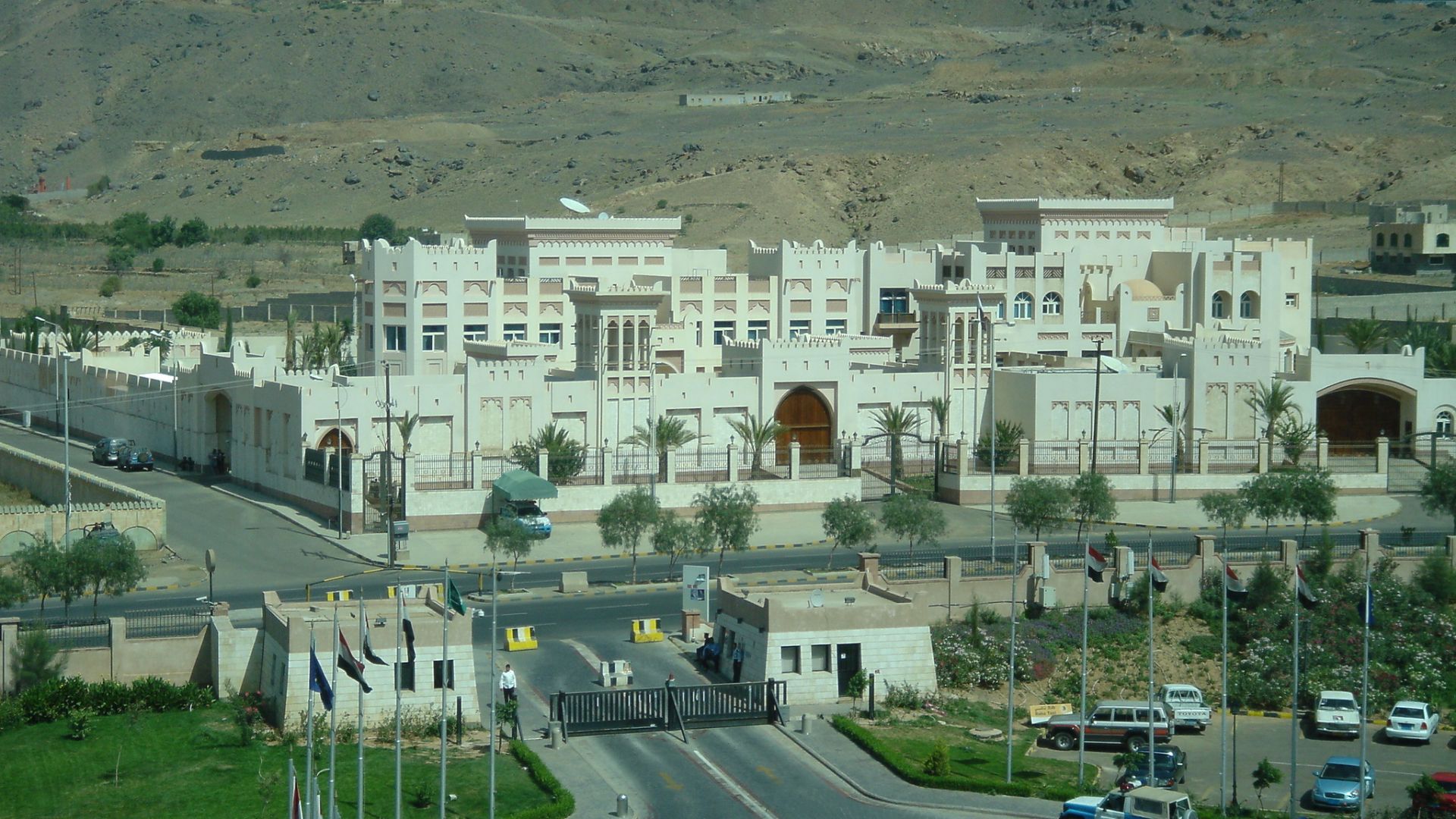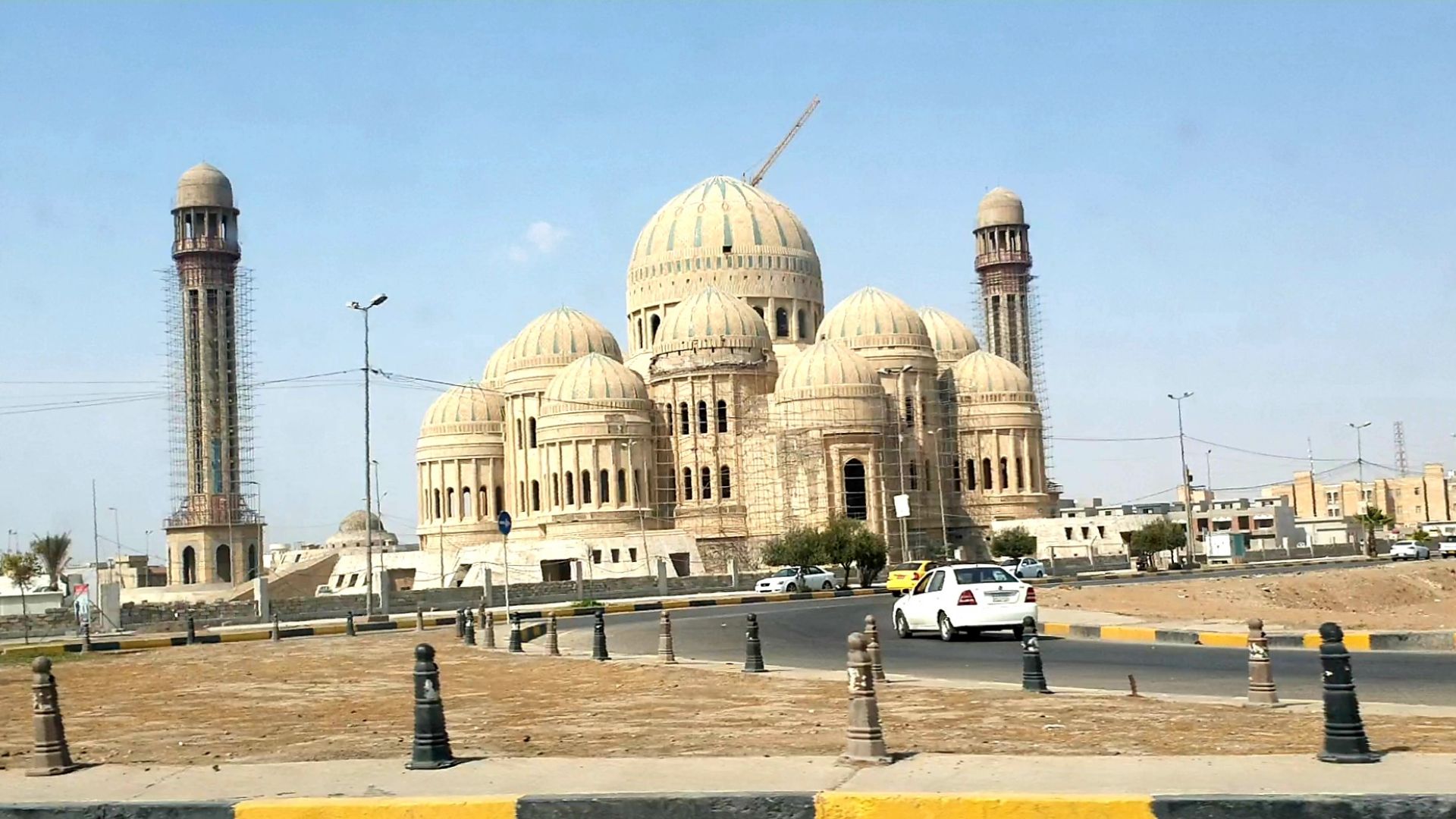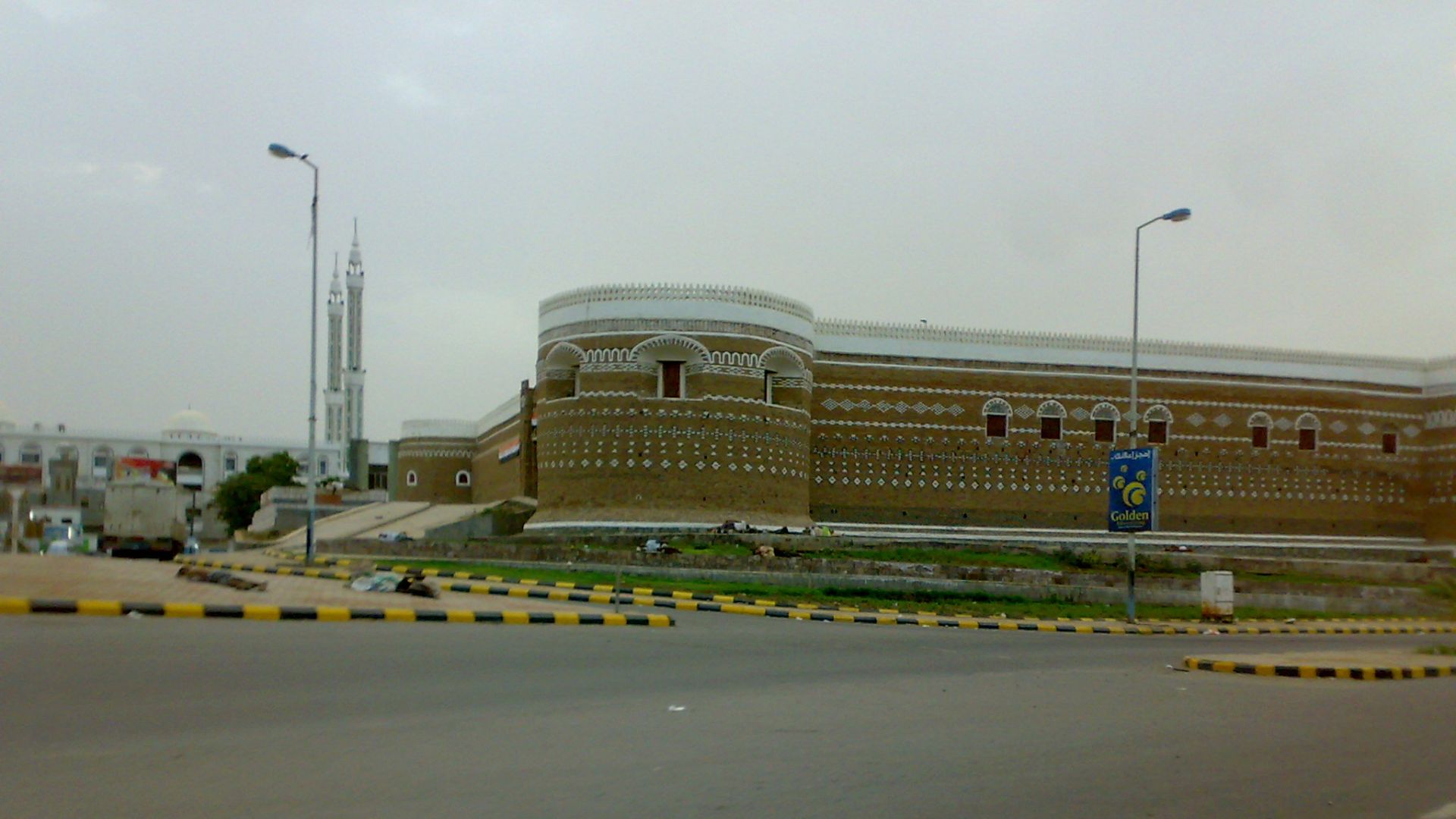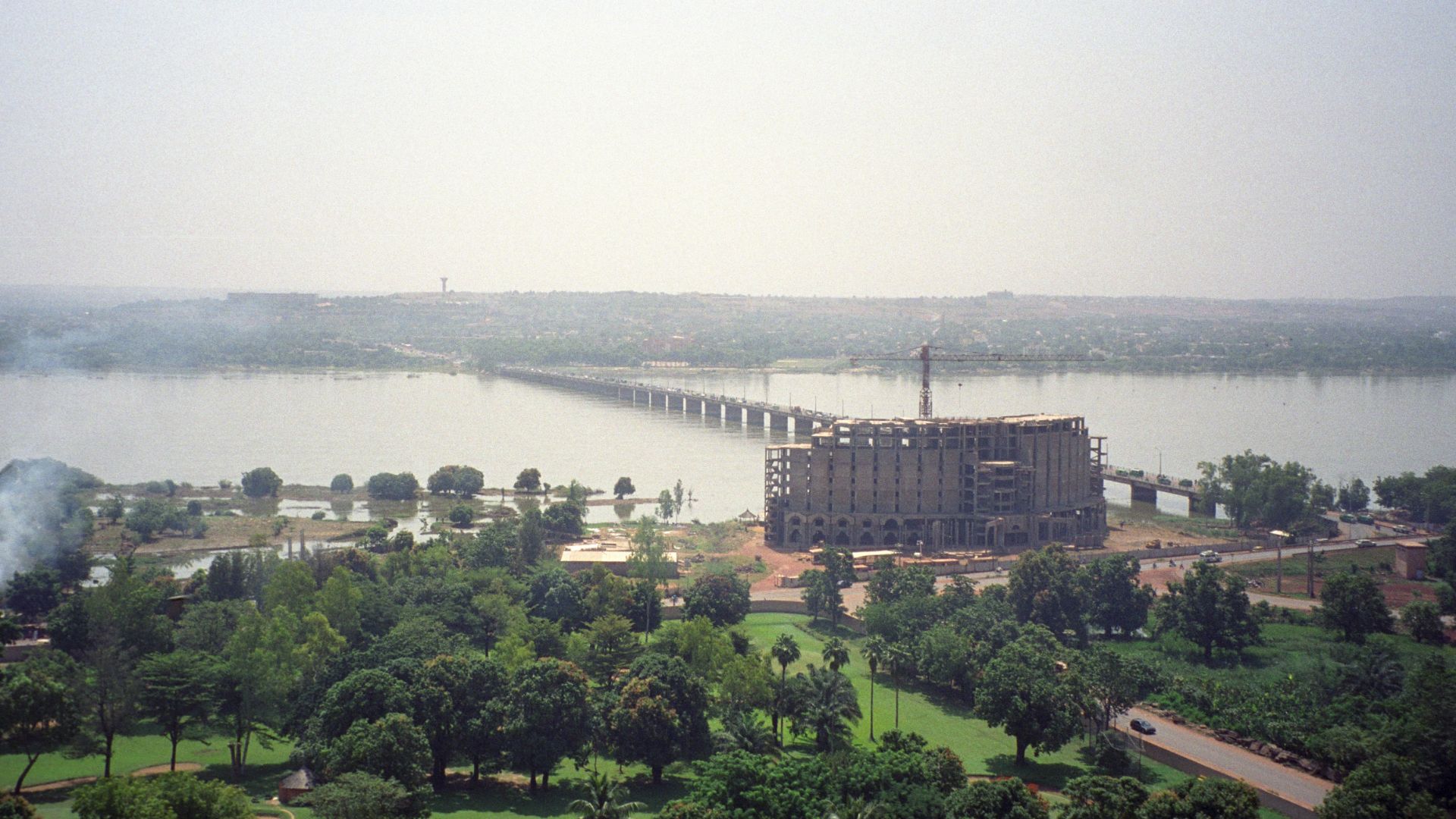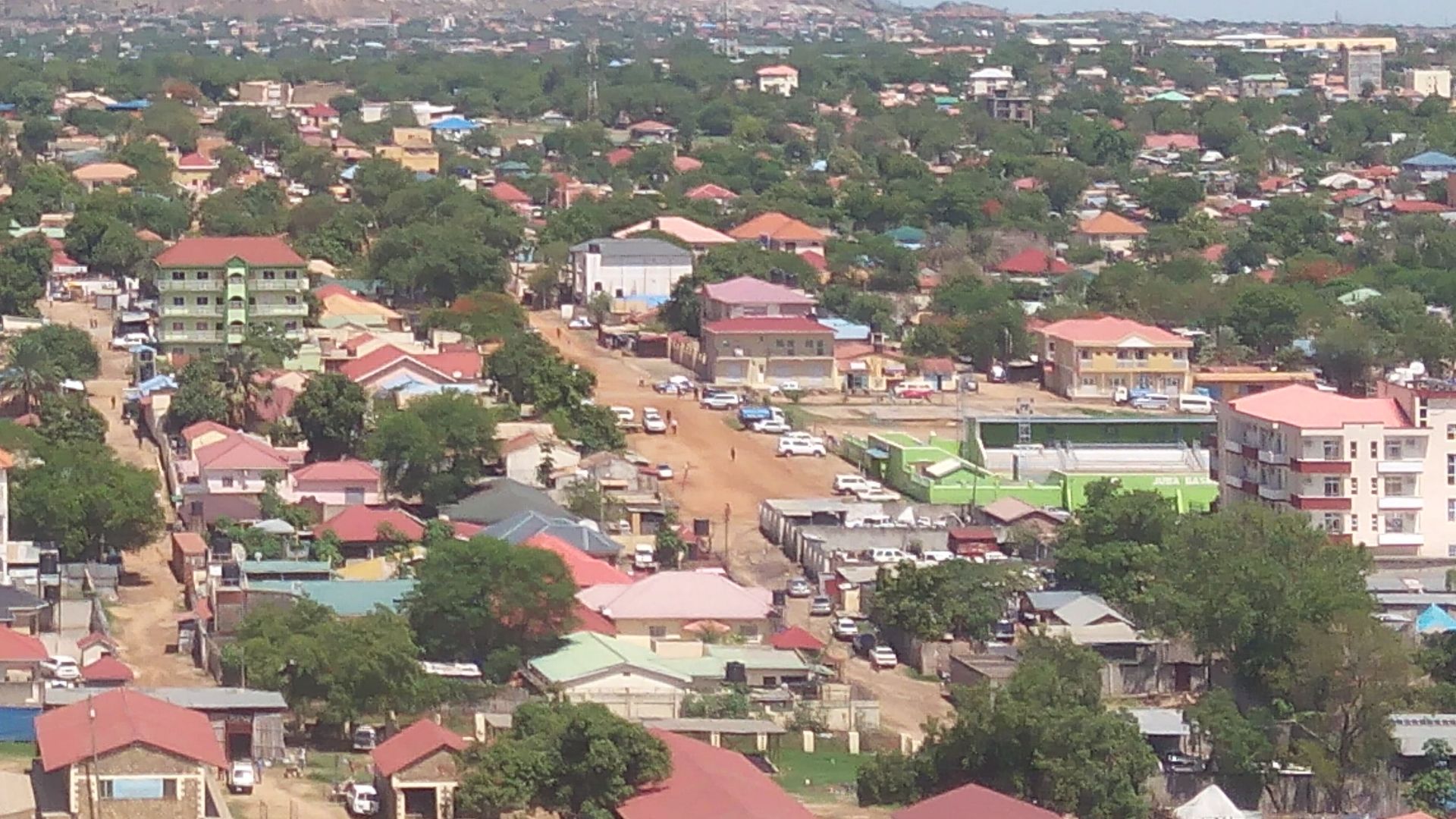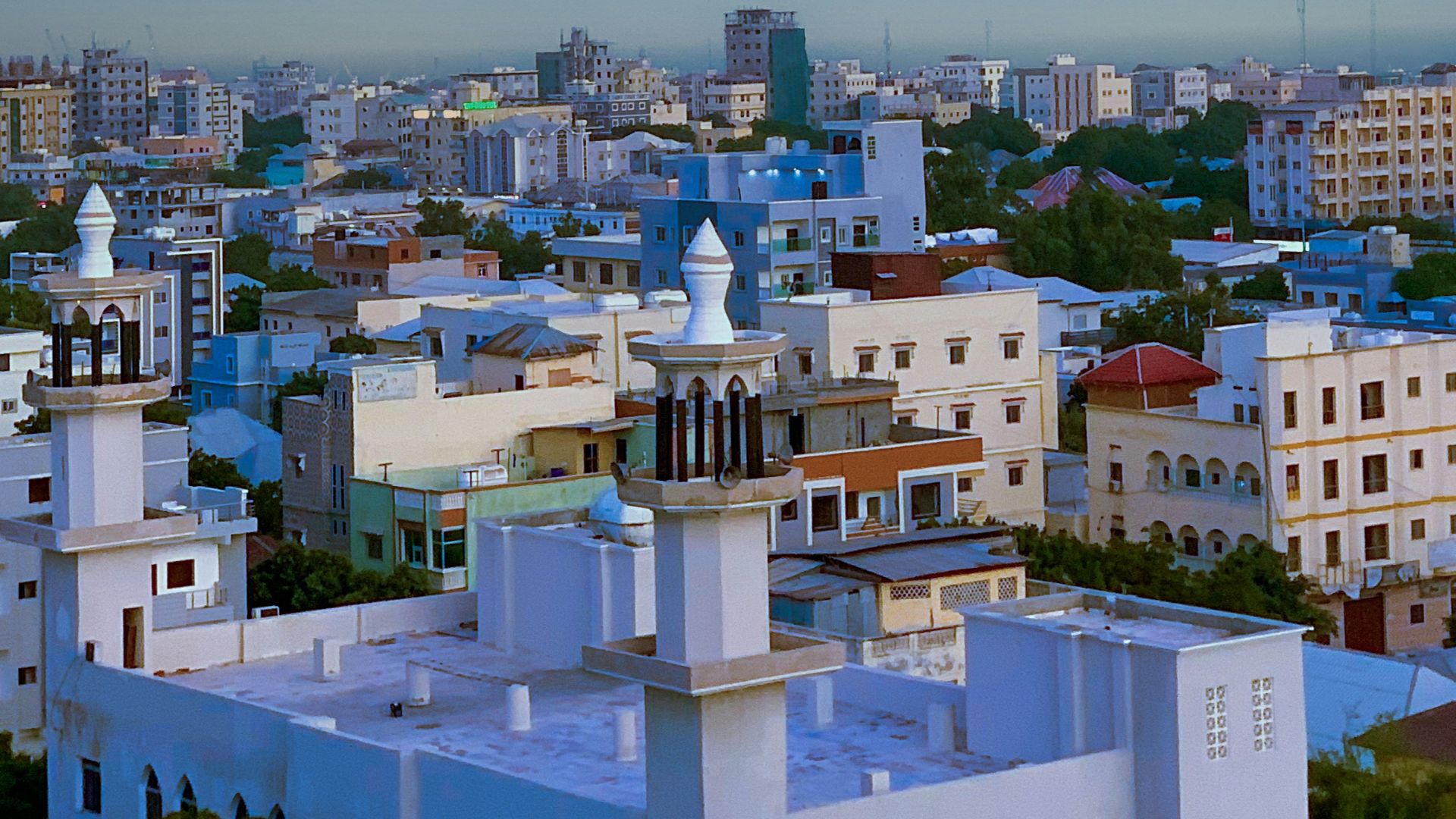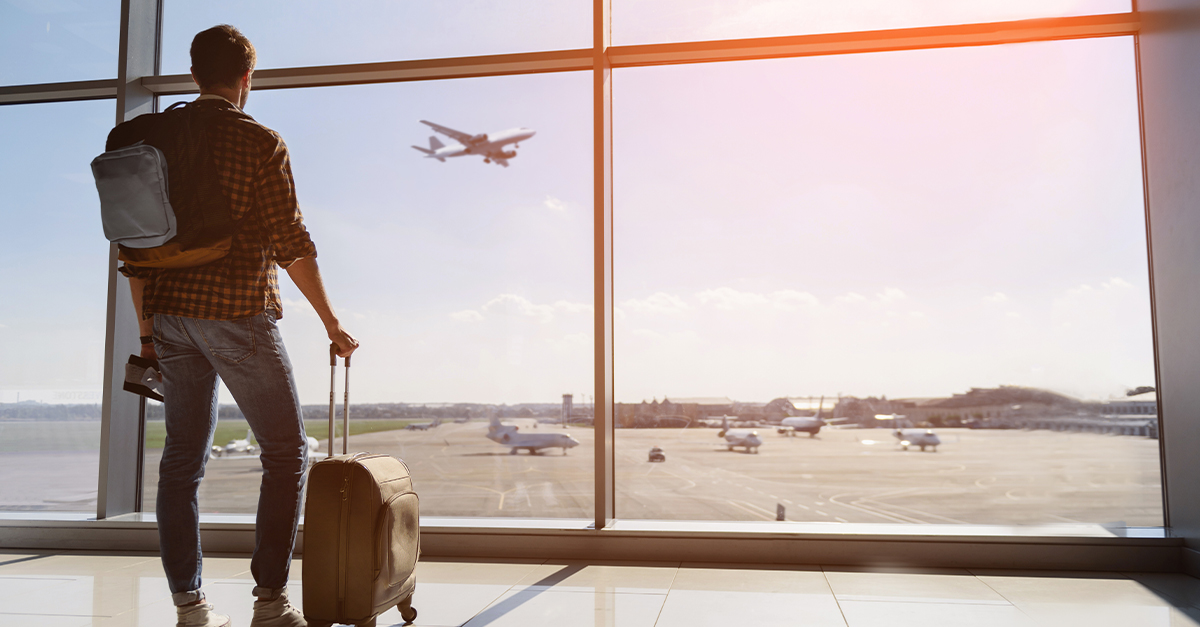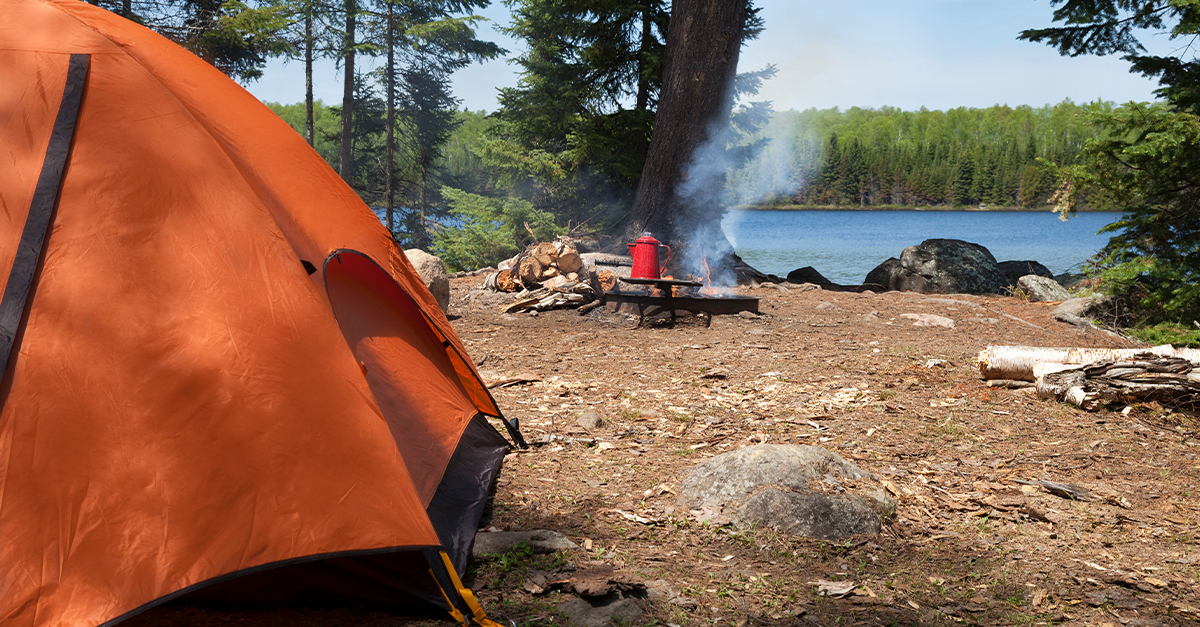Adventure Meets Caution
Wanderlust doesn’t always lead to sunshine. Some destinations carry histories that echo through streets now layered with tension. Walking through them feels like reading a story where danger quietly threads every scene.
Port-au-Prince, Haiti
The US State Department's "do not travel" advisory reflects what locals already know: gang activity dominates entire neighborhoods of this Caribbean nation's largest city. Kidnappings have become so routine in Port-au-Prince that they're no longer exceptional news but a grim daily reality in Haiti's capital.
 U.S. Navy photo by Chief Mass Communication Specialist James G. Pinsky, Wikimedia Commons
U.S. Navy photo by Chief Mass Communication Specialist James G. Pinsky, Wikimedia Commons
Port-au-Prince, Haiti (Cont.)
Beyond the security nightmare, the 2010 earthquake's destruction lingers everywhere you look, with inadequate medical facilities meaning even treatable emergencies can turn fatal. Port-au-Prince should be celebrated as Haiti's cultural and artistic nucleus, but instead it's become a highly dangerous urban center.
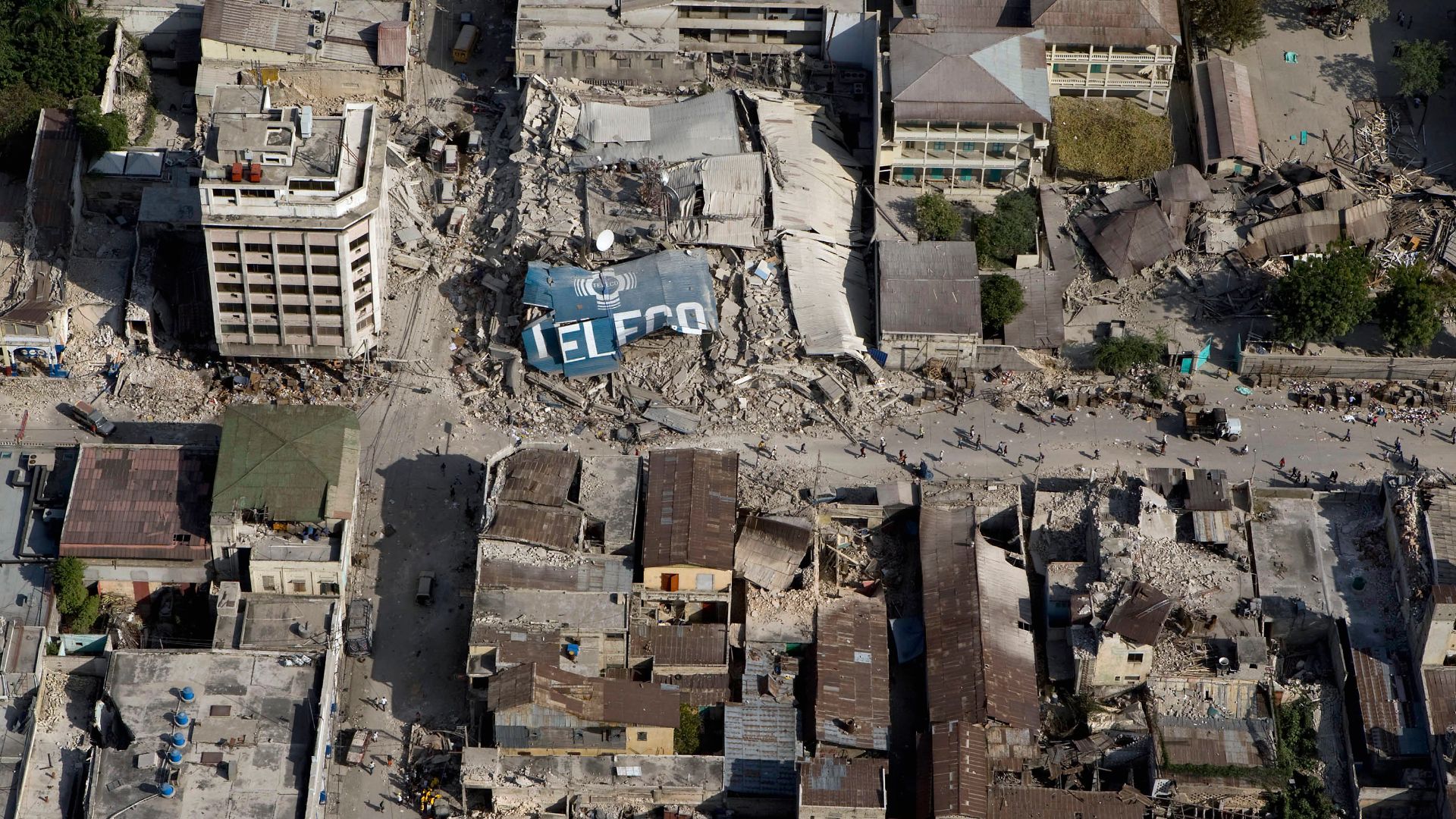 UN Photo/Logan Abassi UNDP Global, Wikimedia Commons
UN Photo/Logan Abassi UNDP Global, Wikimedia Commons
Acapulco, Mexico
Drug cartel violence has essentially rewritten Acapulco's identity over the past two decades, turning Mexico's premier beach destination into a city the US State Department flatly labels “unsafe”. The economic collapse followed predictably. Shuttered hotels line beaches where Hollywood royalty once vacationed.
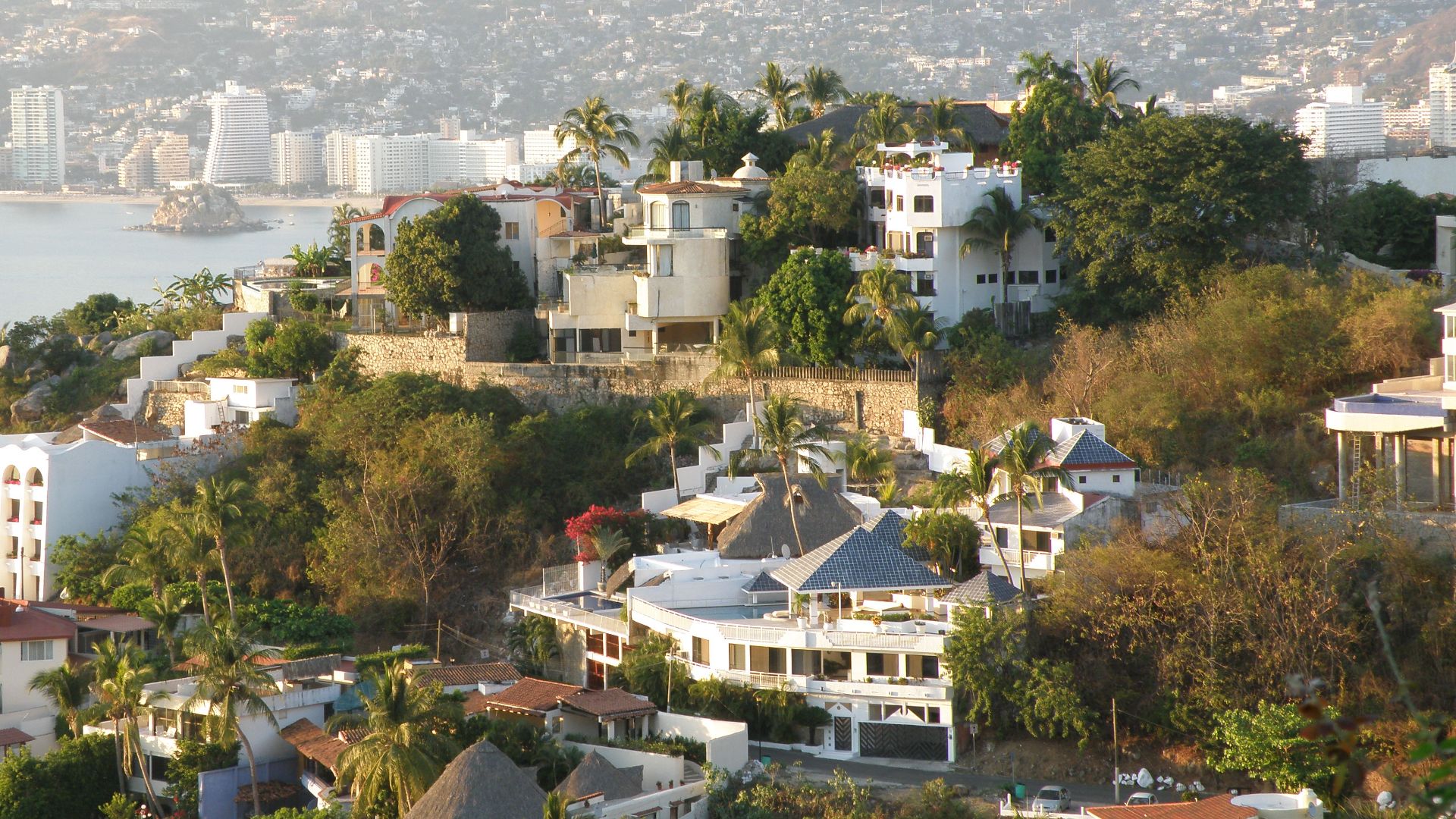 Eduardo Francisco Vazquez Murillo from Acapulco, Mexico, Wikimedia Commons
Eduardo Francisco Vazquez Murillo from Acapulco, Mexico, Wikimedia Commons
Sana'a, Yemen
Yemen's 2,500-year-old capital offers a tough lesson in how battle destroys heritage. Sana'a's UNESCO-listed Old City, with distinctive mud-brick architecture that survived millennia, now endures regular military airstrikes as Yemen's civil war rages through neighborhoods continuously inhabited since pre-Islamic times.
Sana'a, Yemen (Cont.)
The term "inadvisable" doesn't capture the full reality here, as tourism is genuinely unfeasible, not just risky. Basic services have flopped, humanitarian crises unfold daily across one of humanity's longest-inhabited urban treasures, and there's no realistic way for outsiders to visit.
Caracas, Venezuela
Statistics reveal Caracas's horror. It has one of the world's highest homicide rates. Medical emergencies turn fatal because Venezuela's healthcare system has collapsed. Civil unrest erupts regularly across this mountain-ringed valley where Simon Bolivar was born, a historic significance that feels almost irrelevant.
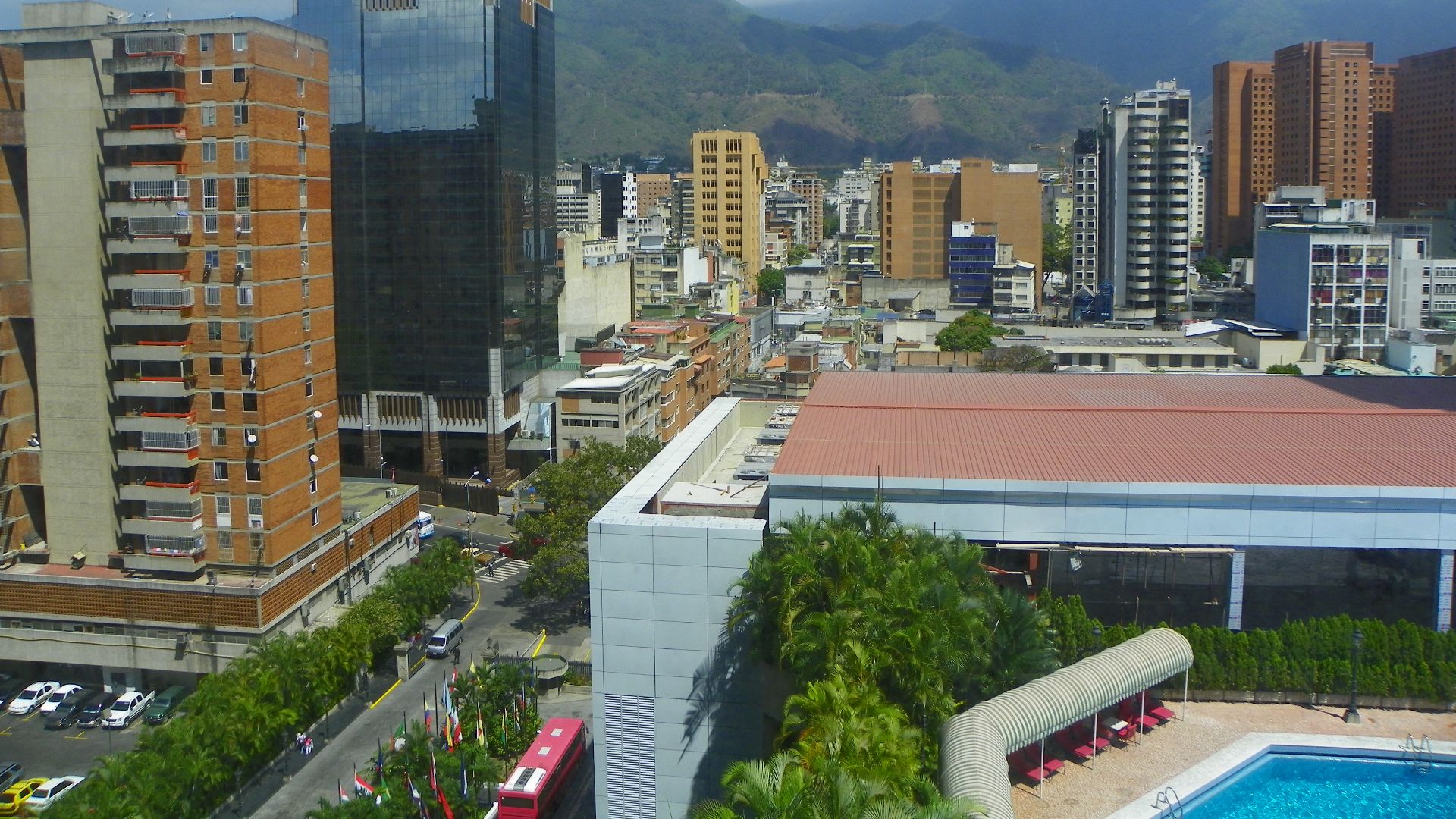 Nelson Pérez, Wikimedia Commons
Nelson Pérez, Wikimedia Commons
Kiev (Kyiv), Ukraine
The speed of Kiev's shift shocks most observers. Just a few years ago, this was a thriving European cultural destination with tourists exploring 11th-century Saint Sophia Cathedral and vibrant neighborhoods. Today, missile strikes hit without warning, and air raid sirens interrupt daily life.
Kiev (Kyiv), Ukraine (Cont.)
UNESCO World Heritage sites exist under constant threat from Russia's ongoing invasion. International travel warnings flash red across every advisory board. Crime, including pickpocketing, muggings, and violent outbursts, has increased, especially after dark in central areas.
 Noobuster007, Wikimedia Commons
Noobuster007, Wikimedia Commons
Kandahar, Afghanistan
The Taliban has converted Kandahar into its modern power base, bringing the city full circle to its ancient role as a strategic stronghold. Alexander the Great established it as Afghanistan's cornerstone over two millennia ago. Between these pivotal foundations, centuries of cultivation made the pomegranate-rich region agriculturally significant.
Kandahar, Afghanistan (Cont.)
Sadly, today's reality is dismal. International travel prohibitions are absolute warnings against entering a city paralyzed by terrorism and ongoing conflict. Kandahar's strategic importance hasn't diminished, but that same significance now makes it a focal point for violence.
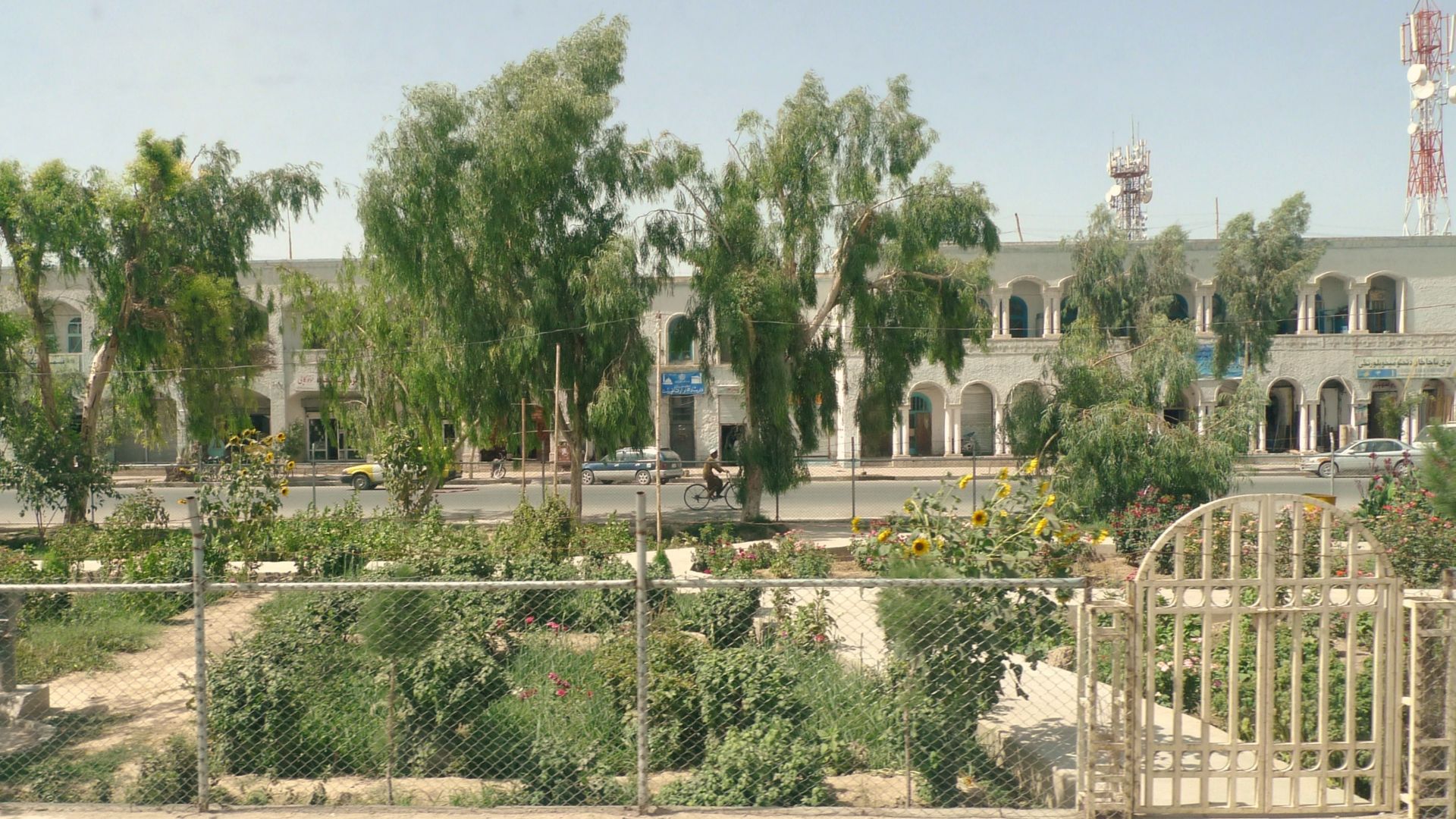 SFC Matthew Chlosta (U.S. Army) - slightly cropped and fixed by Officer, Wikimedia Commons
SFC Matthew Chlosta (U.S. Army) - slightly cropped and fixed by Officer, Wikimedia Commons
Timbuktu, Mali
Ancient manuscripts chronicling Africa's intellectual heritage face an increasingly urgent risk in Timbuktu, where extremist groups deliberately target cultural landmarks and foreign nationals. This legendary 15th-century Islamic learning center appears in travel warnings for very different reasons.
 Ousmane Garba Kounta, Wikimedia Commons
Ousmane Garba Kounta, Wikimedia Commons
Donetsk, Ukraine
Coal mines and metallurgy helped build Donetsk into Ukraine's industrial heartland, and the city even hosted UEFA Euro 2012 matches, which now feel like ancient history. Russian occupation defines the current reality here, with active conflict making daily life a matter of tackling shelling and military checkpoints.
Aden, Yemen
An ancient volcano cooled into a natural harbor, sealing Aden's destiny as a strategic port that the British Empire would later seize and convert into a vital colonial refueling station. That same geological gift draws darker attention as rival factions clash over control of Yemen's maritime gateway.
Marawi, Philippines
Lake Lanao's serene shores once framed Marawi's peaceful identity as the Philippines' Islamic cultural center, a Muslim-majority city that symbolized religious harmony in a predominantly Catholic nation. The 2017 ISIS-linked militant siege broke that identity completely, leaving physical destruction and persistent terrorism risks.
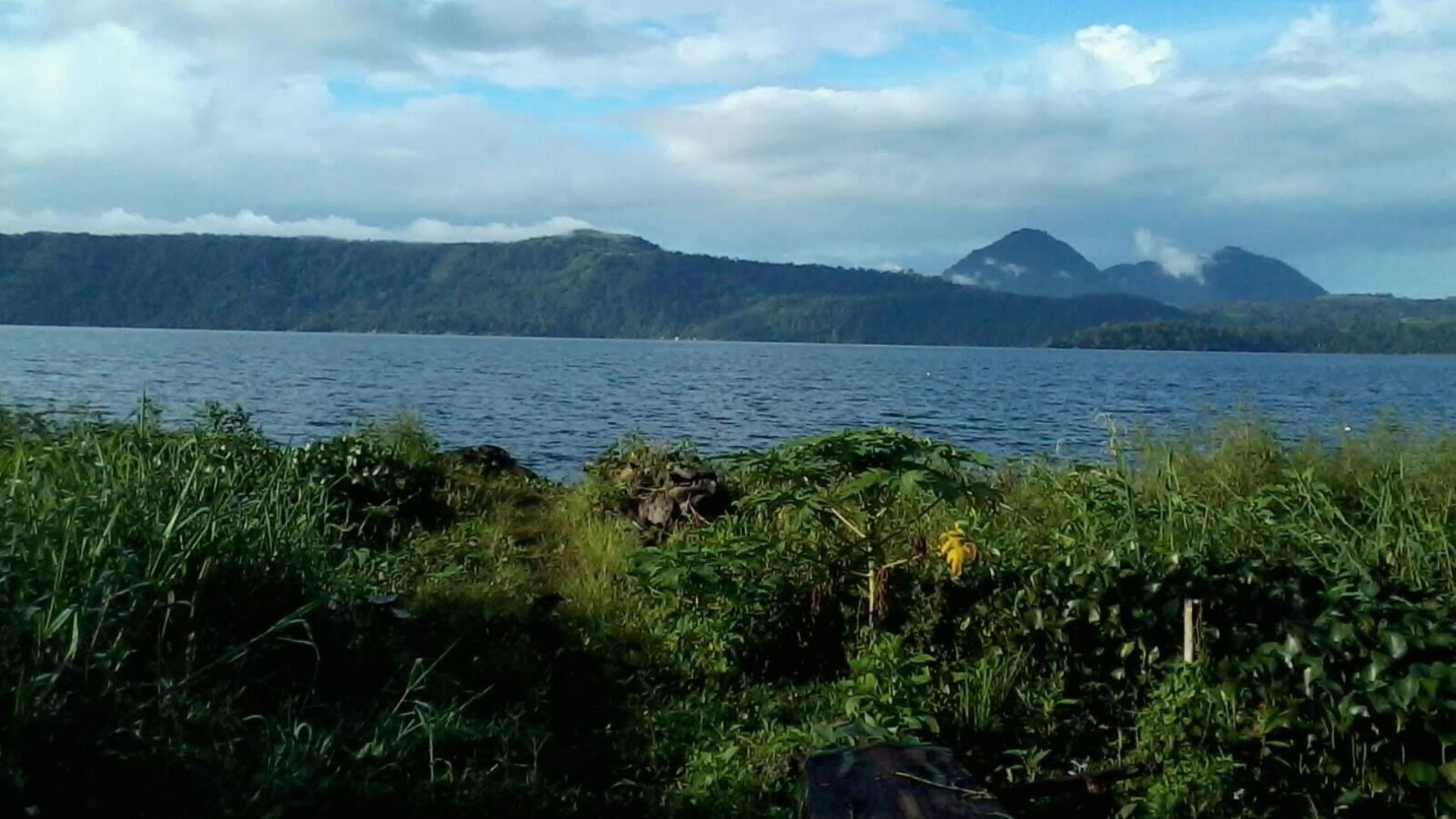 PeterParker22, Wikimedia Commons
PeterParker22, Wikimedia Commons
San Pedro Sula, Honduras
Industrial commerce buzzes through San Pedro Sula's fertile valley, where sprawling banana and sugarcane fields feed Honduras's economic engine—this is genuinely the nation's industrial capital, vital to the country's financial health. Yet this same city regularly ranks among the world's most violent urban centers.
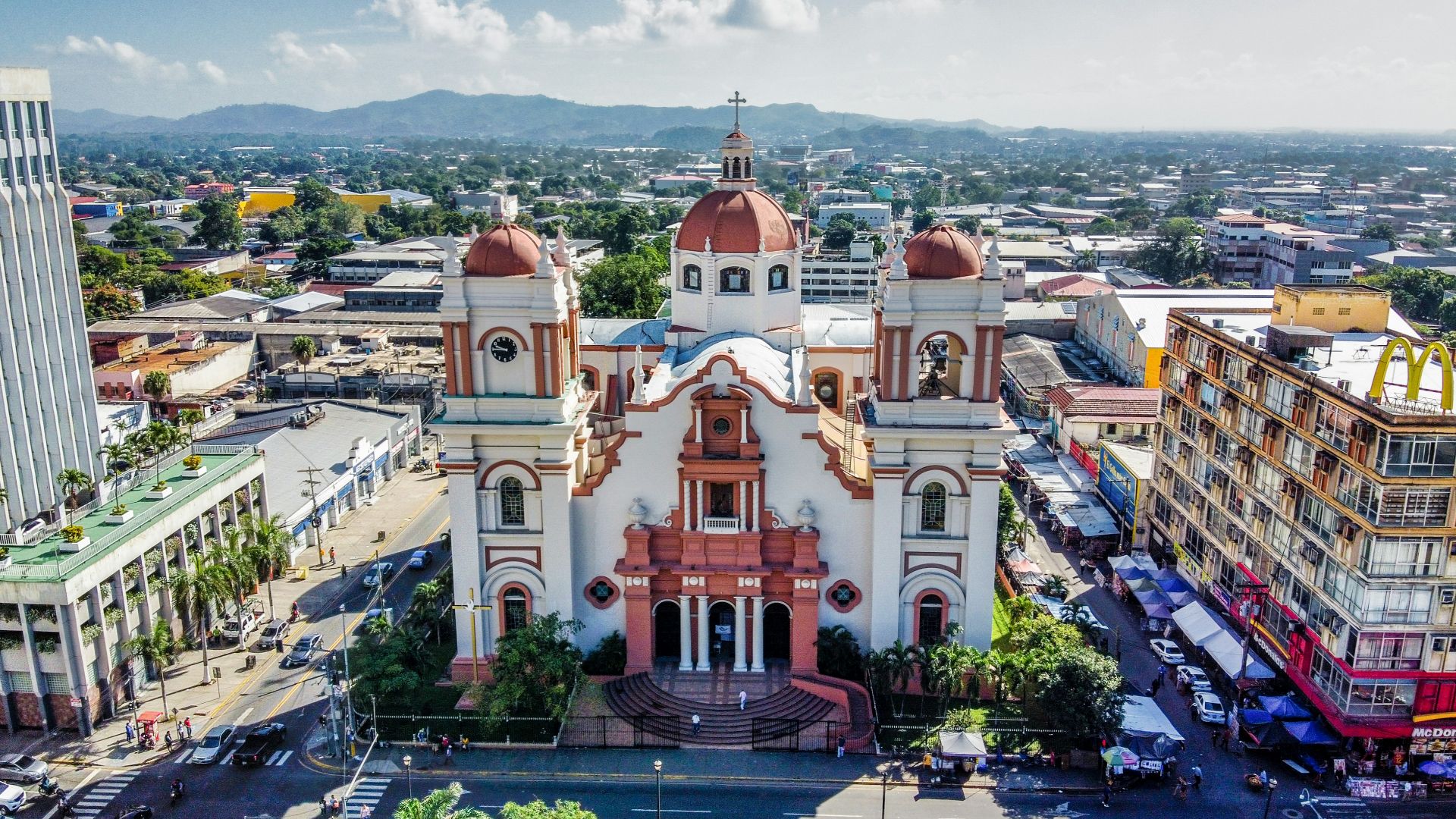 Héctor Emilio Gonzalez, Unsplash
Héctor Emilio Gonzalez, Unsplash
San Pedro Sula, Honduras (Cont.)
It's a troubling double life here. Legitimate business operates alongside gang domination. Homicides, extortion, and armed robberies have become routine. Public transportation and unlicensed taxis are particularly risky, with reports of robberies on buses and kidnappings linked to taxi services.
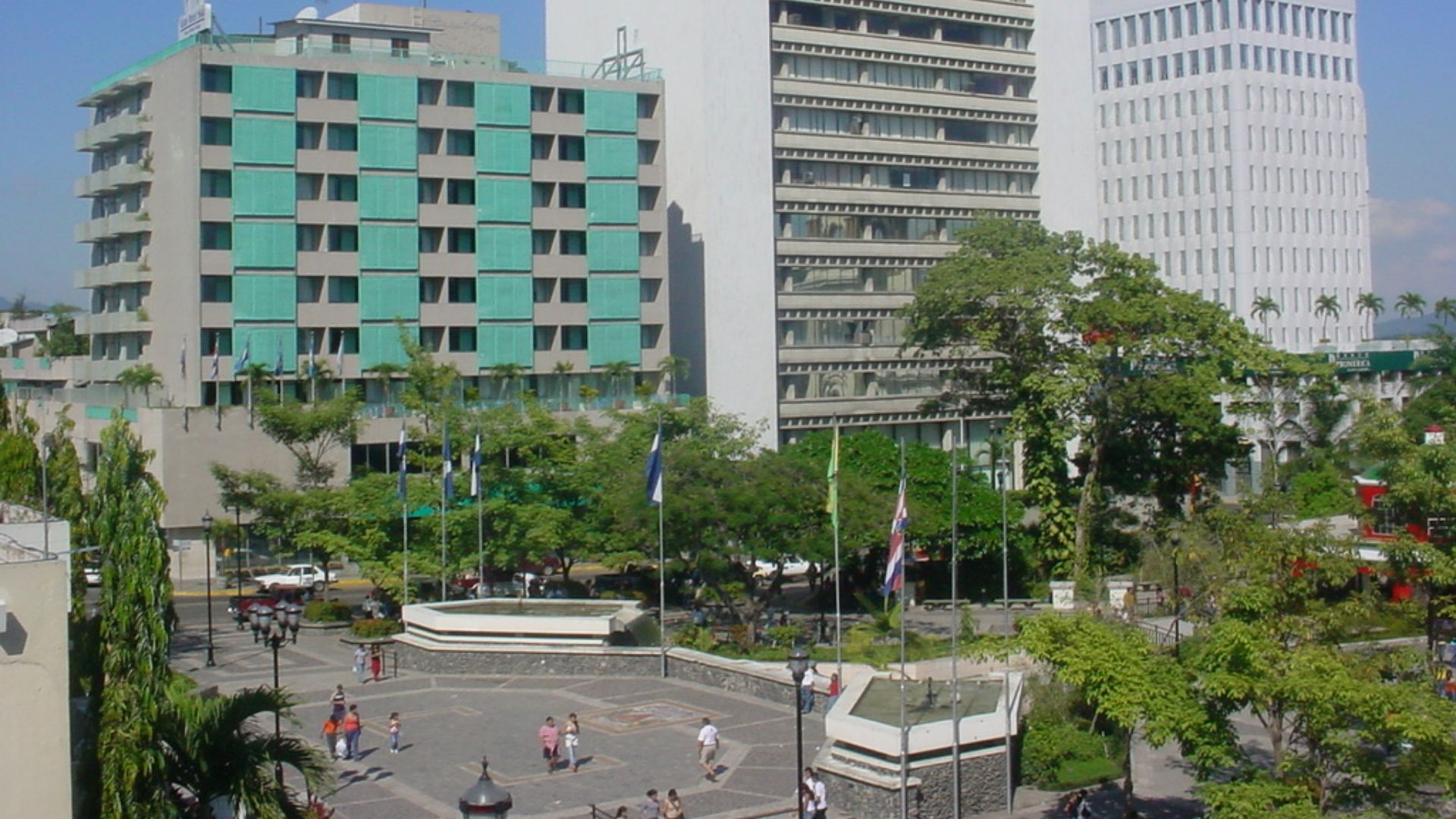 Gerardo Valdez, Wikimedia Commons
Gerardo Valdez, Wikimedia Commons
Mosul, Iraq
Distinctive marble architecture and proximity to ancient Nineveh—the former Assyrian Empire capital—should make Mosul an archaeological treasure destination, but ISIS occupation left a devastating legacy. Unexploded ordnance still plagues neighborhoods years after liberation, turning routine activities into potentially fatal encounters with hidden dangers.
Tripoli, Libya
Power outages and supply shortages disrupt daily life across Tripoli. Crumbling infrastructure tells the immediate story before you even consider the violence. Ongoing civil war and militia conflicts fuel this breakdown, threatening a remarkable heritage that includes the ancient "Three Cities" legacy, Roman ruins, and Ottoman architecture.
 Abdul-Jawad Elhusuni (Abduljawad Al-Husuni), Wikimedia Commons
Abdul-Jawad Elhusuni (Abduljawad Al-Husuni), Wikimedia Commons
Al Hudaydah, Yemen
Yemen's primary Red Sea gateway has become both a lifeline and a battleground, with Al Hudaydah's critical role in delivering humanitarian aid creating its greatest vulnerability. The port city's function is tragically ironic. It struggles to alleviate a humanitarian crisis while frequent attacks choke off the vital imports.
Bamako, Mali
Dynamic music blending traditional Malian sounds with contemporary influences keeps drawing visitors to this riverside capital despite political unrest that prompts regular travel warnings. The targeting of hotels and public venues has fundamentally changed Bamako's atmosphere. Security analysts consistently flag it as high-risk.
Khartoum, Sudan
The Blue and White Nile rivers meet gracefully in Khartoum, a geographic confluence so elegant that ancient Arabs saw an elephant's trunk in it, giving the city its poetic name. That same beauty still exists, but military factions now battle through streets where these historic waters join.
 Hans Birger Nilsen, Wikimedia Commons
Hans Birger Nilsen, Wikimedia Commons
Juba, South Sudan
Strategic positioning along the White Nile should make Juba commercially significant, but South Sudan's capital faces critical infrastructure and healthcare capacity challenges that compound already severe security risks. Armed conflict and political instability persist in this young nation's largest urban center, where the government's limited reach means lawlessness often prevails.
Mogadishu, Somalia
The "White Pearl of the Indian Ocean"—Mogadishu's romantic nickname from more prosperous times—now sounds bitterly ironic given current conditions. Somalia's largest metropolis occupies an important position on the coast, but weak governmental authority lets sustained terrorist activity and high kidnapping risks define the security situation.
Eastern DRC (North Kivu)
Kivu offers wildlife experiences found almost nowhere else on Earth. Then came armed conflicts raging through the region and kidnapping risks that loom large. Disease outbreaks add another layer of danger to an already volatile situation. The natural treasures that should attract ecotourism instead exist in a conflict zone.
 MONUSCO Photos, Wikimedia Commons
MONUSCO Photos, Wikimedia Commons


